Who is considered an 'essential worker' during the coronavirus pandemic?
ATLANTA - Many states and municipalities across the country are implementing curfews and shelter-in-place orders. The orders don't always apply to people deemed to be "essential workers," but who exactly falls into that category?
App users click here for live updates.
The U.S. Department of Homeland Security has issued the following guidance to outline who is an "essential worker" during the COVID-19 pandemic:
Healthcare / Public Health

Anyone providing COVID-19 testing including workers that perform the research needed for COVID-19 response.
Caregivers including physicians, dentists, psychologists, mid-level practitioners, nurses and assistants, infection control and quality assurance personnel, pharmacists, physical and occupational therapists/assistants, social workers, pathologists, and diagnostic/therapeutic technicians and technologists.
Hospital and laboratory personnel including accounting, administrative, admitting and discharge, engineering, epidemiological, source plasma and blood donation, food service, housekeeping, medical records, information technology and operational technology, nutritionists, sanitarians, respiratory therapists, etc.
Workers in other medical facilities including ambulatory health and surgical, blood banks, clinics, community mental health, comprehensive outpatient rehabilitation, end-stage renal disease, health departments, home health care, hospices, hospitals, long term care, organ pharmacies, procurement organizations, psychiatric residential, rural health clinics, and federally qualified health centers.
Manufacturers, technicians, logistics and warehouse operators, distributors of medical equipment, personal protective equipment, medical gases, pharmaceuticals, blood and blood products, vaccines, testing materials, laboratory supplies, cleaning and sanitizing, disinfecting or sterilization supplies and tissue and paper towel products.
Public health/community health workers including those who compile, model, analyze and communicate public health information.
Blood and plasma donors and the employees of the organizations that operate and manage related activities.
Workers that manage health plans, billing and health information, who cannot practically work remotely.
Workers who conduct community-based public health functions, conducting epidemiologic surveillance, compiling, analyzing and communicating public health information, who cannot practically work remotely.
Workers performing cybersecurity unctions at healthcare and public health facilities, who cannot practically work remotely.
Workers conducting research critical to COVID-19 response.
Workers performing security, incident management, and emergency operations functions at or on behalf of healthcare entities including healthcare coalitions, who cannot practically work remotely.
Workers who support food, shelter and social services and other necessities of life for economically disadvantaged or otherwise needy individuals, such as those residing in shelters.
Pharmacy employees who are necessary for filling prescriptions.
Workers performing mortuary services including funeral homes, crematoriums, and cemetery workers.
Workers who coordinate with other organizations to ensure the proper recovery, handling, identification, transportation, tracking, storage and disposal of human remains and personal effects, certify the cause of death and facilitate access to mental/behavioral health services to the family members, responders, and survivors of the incident.
Law Enforcement, Public Safety, and First Responders

Personnel in emergency management, law enforcement, emergency management systems, fire, and corrections, including front line and management.
Emergency Medical Technicians.
911 call center operators.
Fusion Center employees.
Hazardous material responders from the government and the private sector.
Workers, including contracted vendors, who maintain digital systems infrastructure supporting law enforcement and emergency service operations.
Food and Agriculture
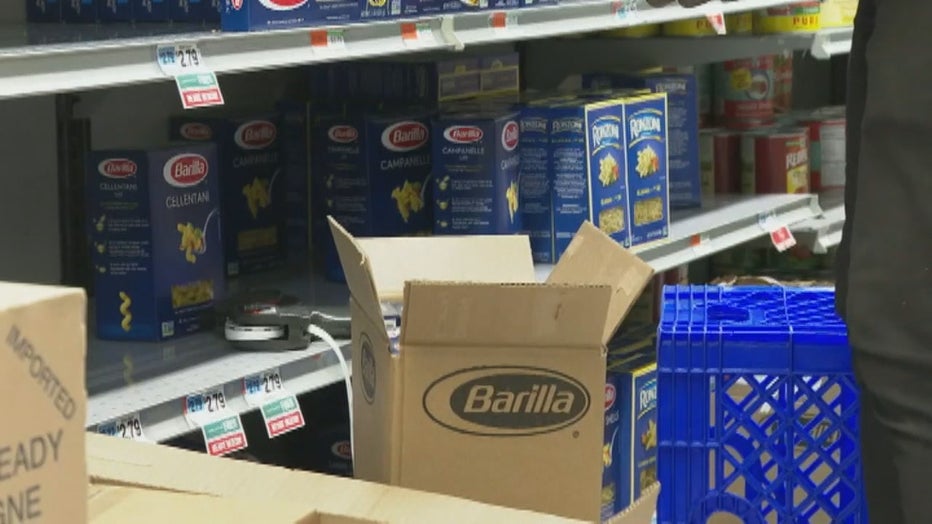
Workers supporting groceries, pharmacies and other retail that sells food and beverages.
Restaurant carry-out and quick-serve food operations including carry-out and delivery food employees.
Food manufacturer employees and their supplier employees including those employed in food processing (packers, meat processing, cheese plants, milk plants, produce, etc.) facilities, livestock, poultry, seafood slaughter facilities; pet and animal feed processing facilities; human food facilities producing by-products for animal food; beverage production facilities; and the production of food packaging.
Farmworkers including those employed in animal food, feed and ingredient production, packaging and distribution, manufacturing, packaging, and distribution of veterinary drugs, truck delivery, and transport, farm and fishery labor needed to produce food supply domestically.
Farmworkers and support service workers including those who field crops, commodity inspection, fuel ethanol facilities, storage facilities and other agricultural inputs.
Employees and firms supporting food, feed and beverage distribution including warehouse workers, vendor-managed inventory controllers and blockchain managers.
Workers supporting the sanitation of all food manufacturing processes and operations from wholesale to retail.
Company cafeterias including in-plant cafeterias that are used to feed employees.
Workers in food testing labs in private industries and in institutions of higher education.
Workers essential for assistance programs and government payments.
Employees of companies engaged in the production of chemicals, medicines, vaccines, and other substances used by the food and agriculture industry including pesticides, herbicides, fertilizers, minerals, enrichments, and other agricultural production aids.
Animal agriculture workers including those employed in veterinary health, manufacturing, and distribution of animal medical materials, animal vaccines, animal drugs, feed ingredients, feed, and bedding, etc; raising of animals for food, animal production operations, slaughter and packing plants and associated regulatory and government workforce.
Workers who support the manufacture and distribution of forest products, including but not limited to timber, paper, and other wood products.
Employees engaged in the manufacture and maintenance of equipment and other infrastructure necessary to agricultural production and distribution.
Energy
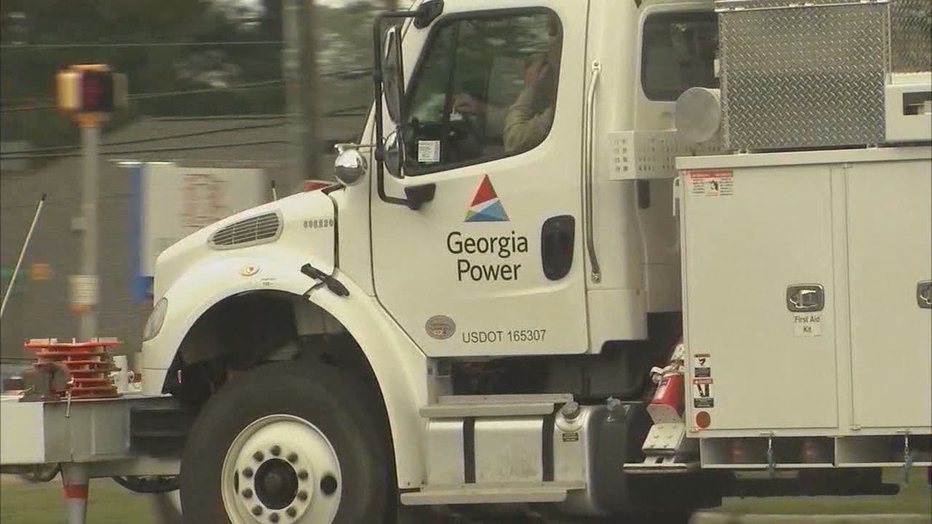
Electricity industry:
Workers who maintain, ensure, or restore the reliable generation, transmission, and distribution of electric power, including call centers, utility workers, reliability engineers, and fleet maintenance technicians.
Workers needed for safe and secure operations at nuclear generation.
Workers at generation, transmission, and electric black-start facilities.
Workers at Reliability Coordinator (RC), Balancing Authorities (BA), and primary and backup Control Centers (CC), including but not limited to independent system operators, regional transmission organizations, and balancing authorities.
Mutual assistance personnel.
IT and OT technology staff – for EMS (Energy Management Systems) and Supervisory Control and Data Acquisition (SCADA) systems, and utility data centers; Cybersecurity engineers; cybersecurity risk management.
Vegetation management crews and traffic workers who support.
Environmental remediation/monitoring technicians.
Instrumentation, protection, and control technicians.
Petroleum workers:
Petroleum product storage, pipeline, marine transport, terminals, rail transport, road transport.
Crude oil storage facilities, pipeline, and marine transport.
Petroleum refinery facilities.
Petroleum security operations center employees and workers who support emergency response services.
Petroleum operations control rooms/centers.
Petroleum drilling, extraction, production, processing, refining, terminal operations, transporting, and retail for use as end-use fuels or feedstocks for chemical manufacturing.
Onshore and offshore operations for maintenance and emergency response.
Retail fuel centers such as gas stations and truck stops, and the distribution systems that support them.
Natural and propane gas workers:
Natural gas transmission and distribution pipelines, including compressor stations, and road transport.
Underground storage of natural gas.
Natural gas processing plants, and those that deal with natural gas liquids.
Liquefied Natural Gas (LNG) facilities.
Natural gas security operations center, natural gas operations dispatch and control rooms/centers natural gas emergency response and customer emergencies, including natural gas leak calls.
Drilling, production, processing, refining, and transporting natural gas for use as end-use fuels, feedstocks for chemical manufacturing, or use in electricity generation.
Propane gas dispatch and control rooms and emergency response and customer emergencies, including propane leak calls.
Propane gas service maintenance and restoration, including call centers.
Processing, refining, and transporting natural liquids, including propane gas, for use as end-use fuels or feedstocks for chemical manufacturing.
Propane gas storage, transmission, and distribution centers.
Steam workers:
Workers who support steam distribution companies’ provision of district heating and any electric generation.
Workers who support steam distribution companies’ dispatch and control rooms and emergency response and customer emergencies, including steam leak calls.
Workers who support steam distribution companies’ service maintenance and restoration, including call centers.
Workers who support steam distribution companies’ storage, transmission, and distribution centers.
Water and wastewater

Employees needed to operate and maintain public and private drinking water and wastewater/drainage infrastructure, including:
Operational staff at water authorities.
Operational staff at community water systems.
Operational staff at wastewater treatment facilities.
Workers repairing water and wastewater conveyances and performing required sampling or monitoring.
Operational staff for water distribution and testing.
Operational staff at wastewater collection facilities.
Operational staff and technical support for SCADA Control systems.
Chemical disinfectant suppliers for wastewater and personnel protection.
Workers that maintain digital systems infrastructure supporting water and wastewater operations.
Transportation and logistics
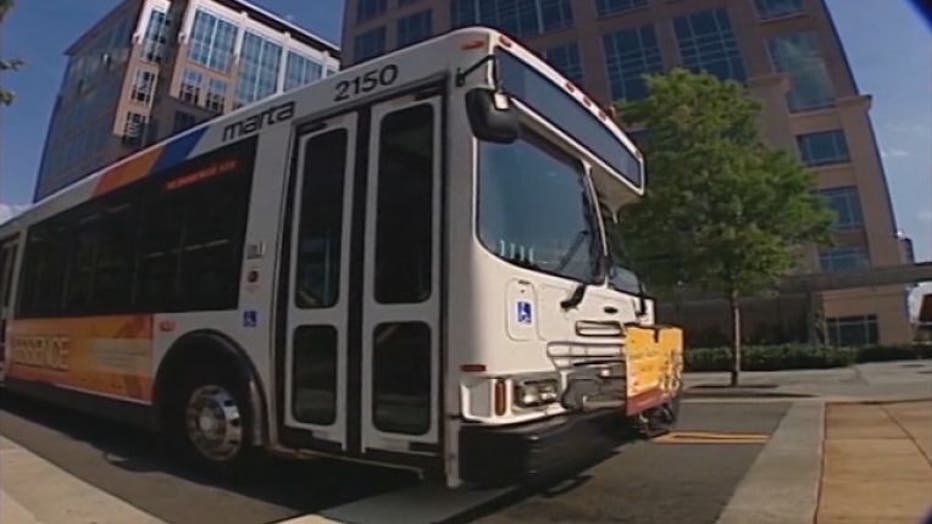
Employees supporting or enabling transportation functions, including dispatchers, maintenance and repair technicians, warehouse workers, truck stop and rest area workers, and workers that maintain and inspect infrastructure (including those that require cross-border travel).
Employees of firms providing services that enable logistics operations, including cooling, storing, packaging, and distributing products for wholesale or retail sale.
Mass transit and passenger rail workers, including contracted vendors providing transportation and maintenance services to public transit authorities.
Workers critical to operating rental car companies and Transportation Network Companies (TNCs) that facilitate continuity of operations for essential workforces, and other essential travel
Workers responsible for operating dispatching passenger, commuter and freight trains and public transportation and buses and maintaining rail and transit infrastructure and equipment.
Maritime transportation workers - port workers, mariners, equipment operators.
Truck drivers who haul hazardous and waste materials to support critical infrastructure, capabilities, functions, and services.
Automotive repair and maintenance facilities.
Workers who respond to and clear traffic crashes, including contracted vendors and dispatchers.
Manufacturers and distributors (to include service centers and related operations) of packaging materials, pallets, crates, containers, and other supplies needed to support manufacturing, packaging staging, and distribution operations.
Postal and shipping workers, to include private companies.
Workers who support moving and storage services.
Employees who repair and maintain vehicles, aircraft, rail equipment, marine vessels, and the equipment and infrastructure that enables operations that encompass the movement of cargo and passengers.
Air transportation employees, including air traffic controllers, ramp personnel, aviation security, and aviation management and other workers – including contracted vendors – providing services for air passengers.
Workers who support the maintenance and operation of cargo by air transportation, including flight crews, maintenance, airport operations, and other on- and off-airport facilities workers.
Public Works

Workers who support the operation, inspection, and maintenance of essential dams, locks, and levees.
Workers who support the operation, inspection, and maintenance of essential public works facilities and operations, including roads and bridges, water and sewer main breaks, fleet maintenance personnel, construction of critical or strategic infrastructure, traffic signal maintenance, emergency location services for buried utilities, maintenance of digital systems infrastructure supporting public works operations, and other emergent issues.
Workers – including contracted vendors – involved in the construction of critical or strategic infrastructure including public works construction, airport operations, water, sewer, gas, electrical, nuclear, oil refining and other critical energy services, roads and highways, public transportation, solid waste collection and removal, and internet, and telecommunications systems (including the provision of essential global, national, and local infrastructure for computing services).
Workers such as plumbers, electricians, exterminators, inspectors and other service providers who provide services that are necessary to maintain the safety, sanitation, and essential operation of residences, construction sites and projects, and needed facilities.
Support, such as road and line clearing and utility relocation, to ensure the availability of needed facilities, transportation, energy, and communications.
Support to ensure the effective removal, storage, and disposal of residential and commercial solid waste and hazardous waste.
Licensed site clean-up professionals and other workers addressing hazardous spills, waste sites, and remediation.
Workers who support the operation, maintenance and public safety of state parks, forests, wildlife management areas, water supply protection lands, and other critical natural resources.
Workers who support storm clean-up operations (e.g., foresters).
Communications and information technology

Communications:
Maintenance of communications infrastructure- including privately owned and maintained communication systems- supported by technicians, operators, call-centers, wireline, and wireless providers, cable service providers, satellite operations, undersea cable landing stations, Internet Exchange Points, and manufacturers and distributors of communications equipment.
Workers who support radio, television, and media service, including, but not limited to front line news reporters, studio, and technicians for newsgathering and reporting.
Workers at Independent System Operators and Regional Transmission Organizations, and Network Operations staff, engineers and/or technicians to manage the network or operate facilities.
Engineers, technicians and associated personnel responsible for infrastructure construction and restoration, including contractors for construction and engineering of fiber optic cables.
Installation, maintenance and repair technicians that establish, support or repair service as needed.
Central office personnel to maintain and operate a central office, data centers, and other network office facilities.
Customer service and support staff, including managed and professional services as well as remote providers of support to transitioning employees to set up and maintain home offices, who interface with customers to manage or support service environments and security issues, including payroll, billing, fraud, and troubleshooting.
Dispatchers involved with service repair and restoration.
Information Technology:
Workers who support command centers, including, but not limited to Network Operations Command Center, Broadcast Operations Control Center and Security Operations Command Center.
Datacenter operators, including system administrators, HVAC & electrical engineers, security personnel, IT managers, data transfer solutions engineers, software and hardware engineers, and database administrators.
Client service centers, field engineers, and other technicians supporting critical infrastructure, as well as manufacturers and supply chain vendors that provide hardware and software, and information technology equipment (to include microelectronics and semiconductors) for critical infrastructure.
Workers responding to cyber incidents involving critical infrastructure, including medical facilities, SLTT governments and federal facilities, energy and utilities, and banks and financial institutions, and other critical infrastructure categories and personnel.
Workers supporting the provision of essential global, national and local infrastructure for computing services (incl. cloud computing services), business infrastructure, web-based services, and critical manufacturing.
Workers supporting communications systems and information technology used by law enforcement, public safety, medical, energy and other critical industries.
Support required for continuity of services, including janitorial/cleaning personnel.
Other community-based essential functions and government operations
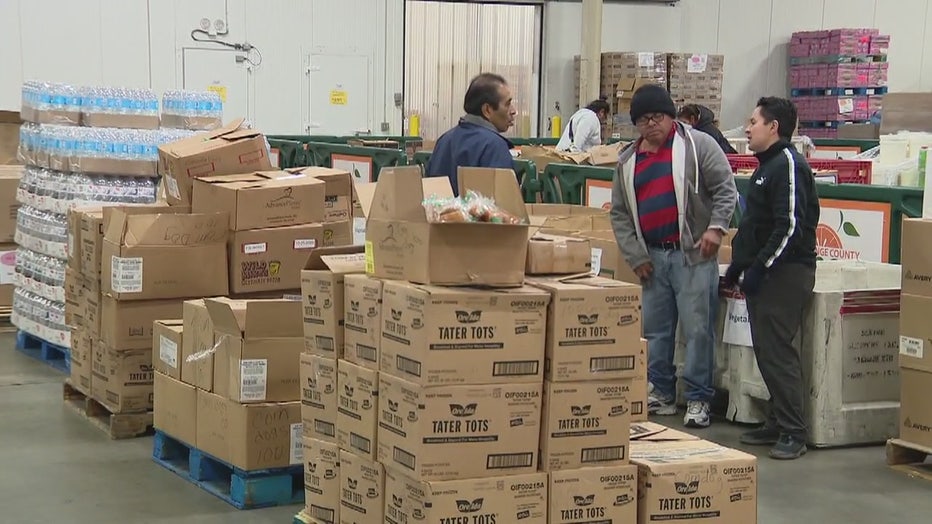
Workers to ensure continuity of building functions, including local and state inspectors and administrative support of inspection services who are responsible for the inspection of elevators, escalators, lifts, buildings, plumbing and gas fitting, electrical work, and other safety-related professional work.
Security staff to maintain building access control and physical security measures.
Elections personnel.
Federal, State, and Local, Tribal, and Territorial employees who support Mission Essential Functions and communications networks.
Trade Officials (FTA negotiators; international data flow administrators).
Weather forecasters.
Workers that maintain digital systems infrastructure supporting other critical government operations.
Workers at operations centers necessary to maintain other essential functions.
Workers who support necessary credentialing, vetting and licensing operations for transportation workers including holders of Commercial Drivers Licenses.
Workers who are critical to facilitating trade in support of the national, state and local emergency response supply chain.
Educators and staff supporting public and private emergency childcare programs, residential schools for students with disabilities, K-12 schools, colleges, and universities for purposes of facilitating distance learning, provision of school meals, or performing other essential student support functions, if operating under rules for social distancing.
Hotel workers.
Critical government workers, as defined by the employer and consistent with Continuity of Operations Plans.
Construction Workers who support the construction, operation, inspection, and maintenance of construction sites and construction projects (including housing construction).
Workers that provide services for or determine eligibility for public benefits such as subsidized health care, food and feeding programs, residential and congregate care programs, shelter, in-home supportive services, child welfare, juvenile justice programs, adult protective services and social services, and other necessities of life for economically disadvantaged or otherwise needy individuals (including family members).
Workers in sober homes.
Professional services (such as legal and accounting services) and payroll and employee benefit services, when necessary to assist in compliance with legally mandated activities and critical sector services or where failure to provide such services during the time of the order would result in significant prejudice.
Commercial retail stores that supply essential sectors, including convenience stores, pet supply stores, auto supplies and repair, hardware and home improvement, and home appliance retailers.
Laundromats and laundry services.
Workers and instructors supporting academies and training facilities and courses for the purpose of graduating students and cadets that comprise the essential workforce for all identified critical sectors.
Workers at places of worship.
Critical manufacturing
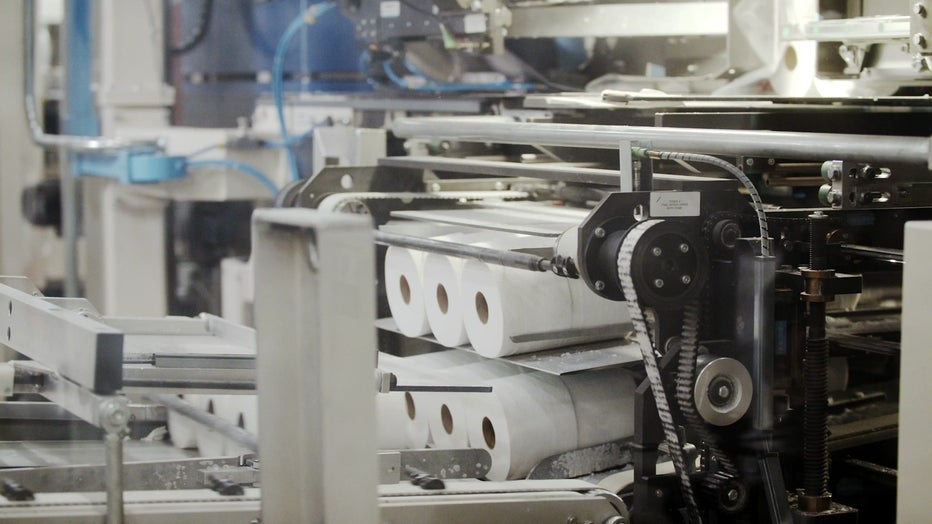
Workers who are necessary for the manufacturing of materials and products needed for medical supply chains including personal protective equipment and hygiene products, transportation, energy, communications, food and agriculture, chemical manufacturing, nuclear facilities, the operation of dams, water and wastewater treatment, emergency services, and the defense industrial base.
Hazardous materials
Workers at nuclear facilities, workers managing medical waste, workers managing waste from pharmaceuticals and medical material production, and workers at laboratories processing test kits.
Workers who support hazardous materials response and cleanup.
Workers who maintain digital systems infrastructure supporting hazardous materials management operations.
Financial services

Workers who are needed to process and maintain systems for processing financial transactions and services (e.g., payment, clearing, and settlement; wholesale funding; services; and capital markets activities).
Workers who are needed to provide consumer access to banking and lending services, including ATMs, and to move currency and payments (e.g., armored cash carriers).
Workers who support financial operations, such as those staffing data and security operations centers.
Chemical
Workers supporting the chemical and industrial gas supply chains, including workers at chemical manufacturing plants, workers in laboratories, workers at distribution facilities, workers who transport basic raw chemical materials to the producers of industrial and consumer goods, including hand sanitizers, food and food additives, pharmaceuticals, textiles, and paper products.
Workers supporting the safe transportation of chemicals, including those supporting tank truck cleaning facilities and workers who manufacture packaging items.
Workers supporting the production of protective cleaning and medical solutions, personal protective equipment, and packaging that prevents the contamination of food, water, medicine, among other essential products.
Workers supporting the operation and maintenance of facilities (particularly those with high-risk chemicals and/or sites that cannot be shut down) whose work cannot be done remotely and requires the presence of highly trained personnel to ensure safe operations, including plant contract workers who provide inspections.
Workers who support the production and transportation of chlorine and alkali manufacturing, single-use plastics, and packaging that prevents the contamination or supports the continued manufacture of food, water, medicine, and other essential products, including glass container manufacturing.
Defense industrial base
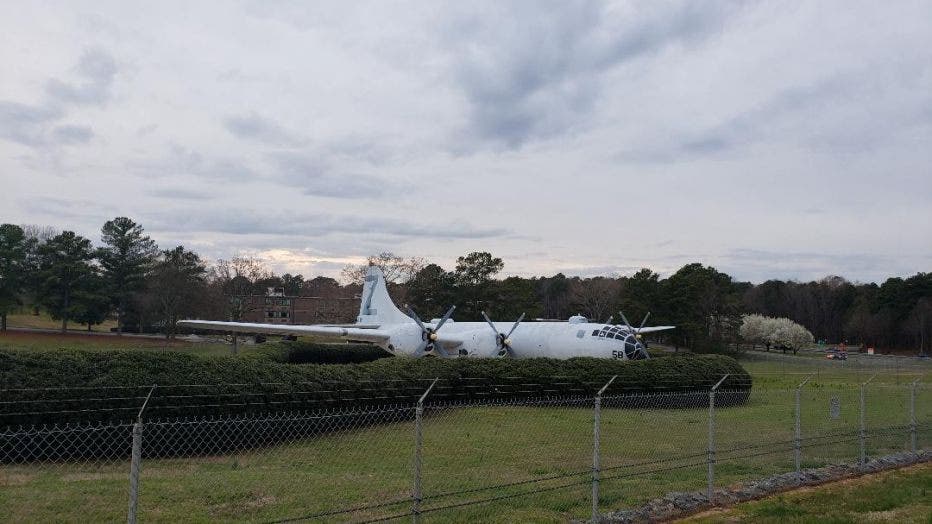
Workers who support the essential services required to meet national security commitments to the federal government and U.S. Military. These individuals include but are not limited to, aerospace; mechanical and software engineers, manufacturing/production workers; IT support; security staff; security personnel; intelligence support, aircraft and weapon system mechanics and maintainers.
Personnel working for companies, and their subcontractors, who perform under contract to the Department of Defense providing materials and services to the Department of Defense, and government-owned/contractor-operated and government-owned/government-operated facilities.
-----
Source: U.S. Department of Homeland Security

